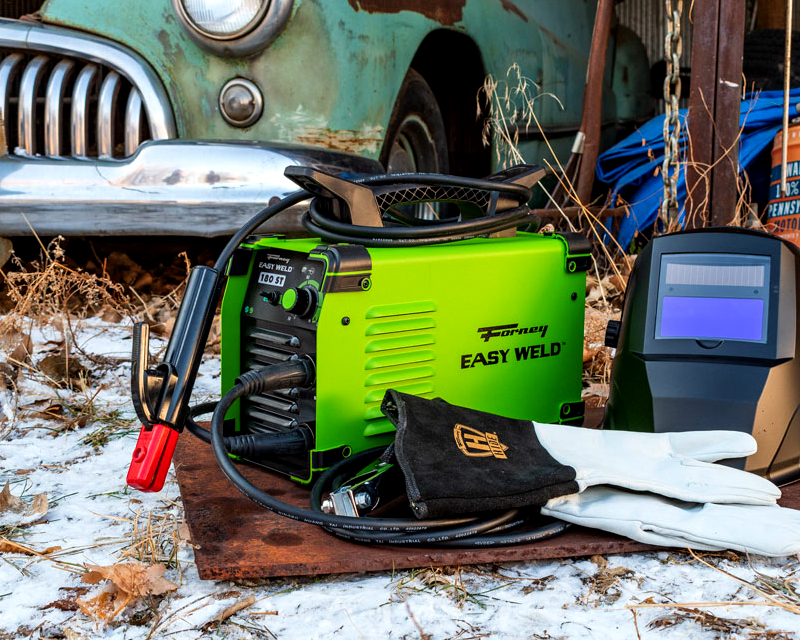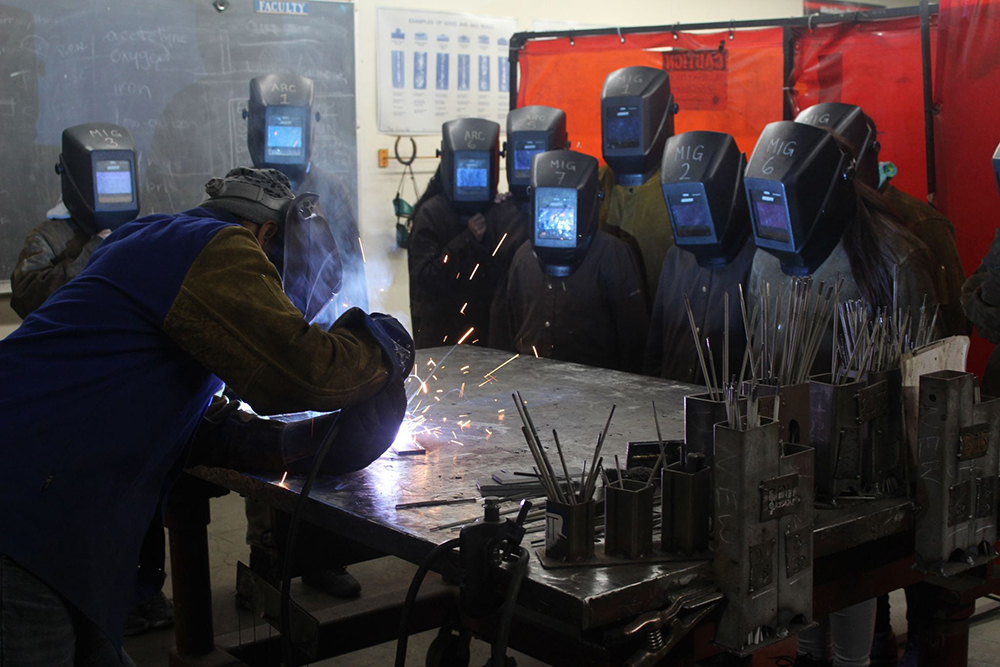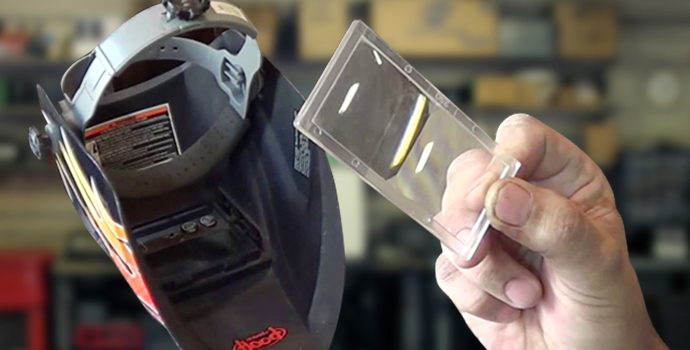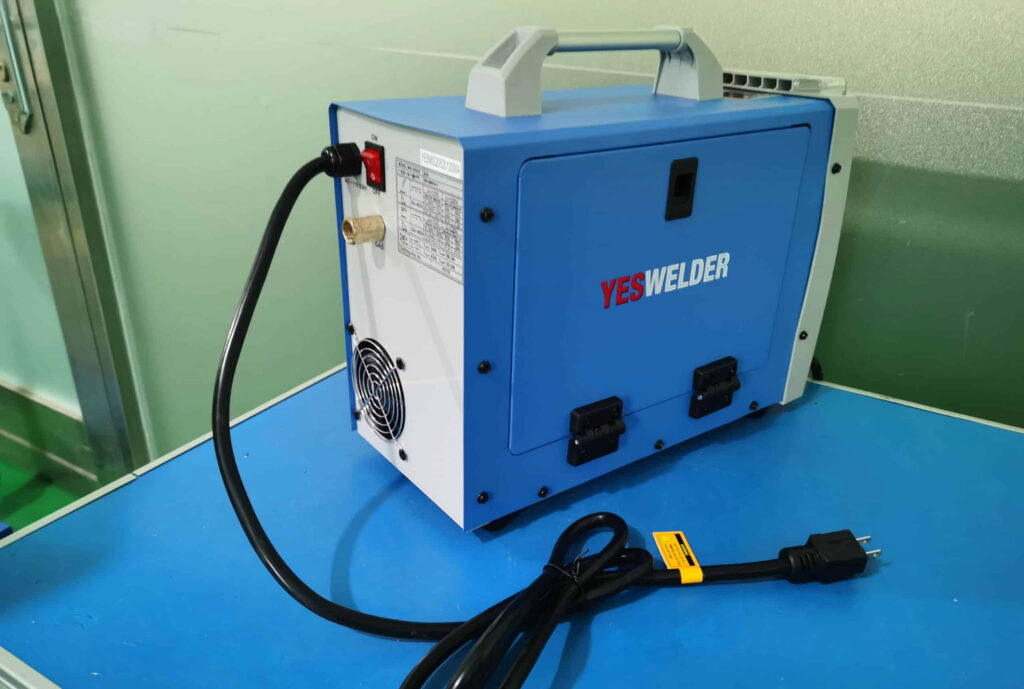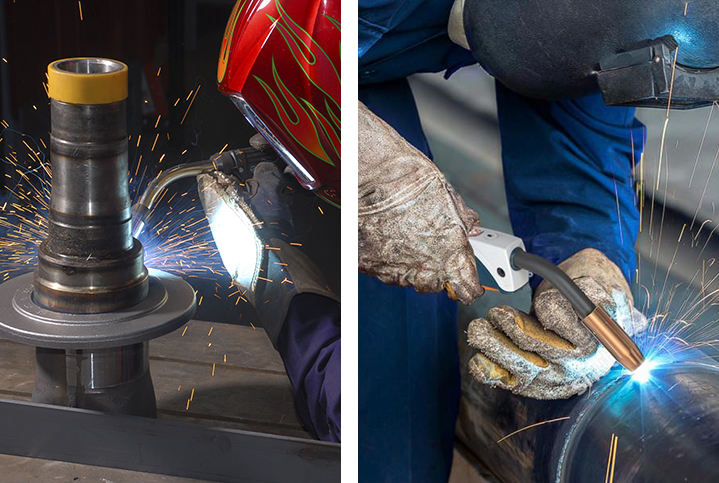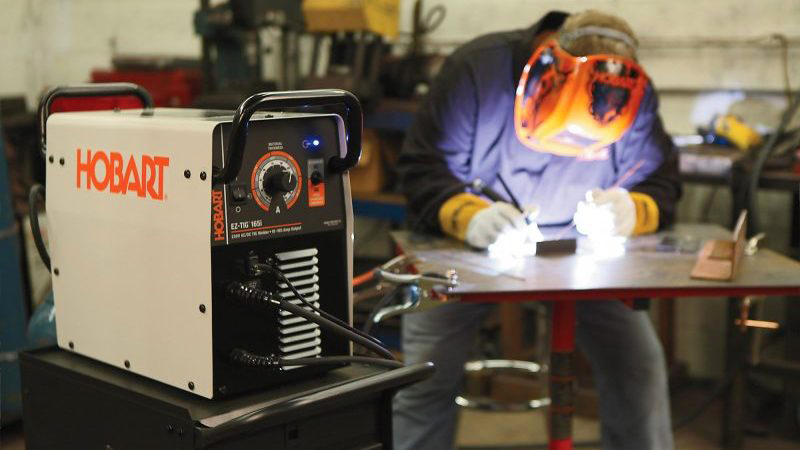

The work of a welder is not only to weld metals but to do everything possible for the weld beads not to have discontinuities and defects. The job of metallurgical surgeons (welders) is to make quality weld joints. For this, they must know what a defect is and what a discontinuity is.
Welding undercut is one of the most common defects encountered by welders. It refers to the depression or groove formed in the base metal part along the weld foot. It is the space left by the arc that is not fully completed by the metal deposited after the base metal melts at the edge of the weld.
In this article, we will give you an undercut welding definition and see what causes undercut in welding. In addition, we’ll see some other common welding defects.

The result is a linear groove in the base metal which is relatively sharp. It is particularly dangerous for those structures that are going to withstand cyclical loads.
The typical appearance of an undercut in a fillet bead and a groove bead is seen at the edge of the bead as a break in the base material. It is important to emphasize that for groove beads, the undercut can occur on the face (external) or at the root (internal) of the bead.
The appearance of undercutting in a fillet bead can be more easily detected visually, that is, a shaded area is observed when a light source is placed in an appropriate position. Welding inspectors should be aware of this phenomenon and employ techniques such as illuminating the base metal surface with white light to produce contrasts where undercutting appears.
Another technique is to visually inspect the part after it has been painted white or yellow, in which case, when observing the undercut under normal lighting conditions, it can be seen. A welding undercut gauge for inspectors can be useful here. The B.W.P. Welding Gauge Tool Kit can help welders and inspectors measure the undercut to know how to best resolve the problem.
The only problem with this technique is that once the defect is detected, the paint must be cleaned to correct it and thus avoid the appearance of another defect such as porosity. To avoid this, you can use a liquid penetrant testing technique.
There are also checking gauges that you can use to check porosity or undercuts. The Necygoo Weld Gauge Set, for example, can check for porosity and undercuts ranging from 0 to 1/4 inches.
Undercutting is usually the result of improper technique used by the welder. More specifically, if the feed rate is too high, not enough metal is supplied to adequately fill the crater caused by the melting of the base metal adjacent to the bead. Undercutting can also occur when welding conditions generate too much heat input, causing excessive melting of the base metal.
Welding undercuts are common defects found in MIG welding. When the welding wire used is too thin and the machine is set at a high voltage, you may have problems with undercuts. However, lower input voltage welding machines, i.e., 110V welders, should not give you problems of undercuts.
When the undercut is viewed on an X-ray, it appears dark and with fuzzy indications at the edge. The lack of filling is a superficial discontinuity Trusted Source What Are Welding Discontinuities? - Tulsa Welding School Every product that is welded has to meet the codes and standards for strength, quality and reliability. So why do some welds fail? The truth is that all www.tws.edu that results in a loss of material in the cross-section of the cord. On the other hand, the lack of filling occurs in those strands in which undercutting has been detected in the adjacent base metal; In other words, undercutting results when the deposited metal is not enough to fill the joint.
The main reason for the undercut is that the heat of the arc is too high, that is, the current is too high. The incorrect angle between electrode and workpiece, unreasonable oscillation, long arc, unreasonable welding sequence, etc. will result in an undercut. Magnetic polarization of the arc during DC welding is also a cause of undercut. Certain weld positions (vertical, horizontal, and upward) will increase the undercut.
The undercut reduces the effective cross-section of the parent metal and reduces the load capacity of the structure. At the same time, it also causes stress concentration and develops into a source of cracks.
Undercutting can occur on both the face and the root of the cord.
Lack of filling at the root of the bead in welds made in pipes is sometimes referred to as internal undercut. It can be caused by excessive heating of the root when the second pass or hot pass is deposited. Also as in undercutting, when the part is illuminated suitably, a shadow is produced due to the surface crater.
An external undercut is known as a face undercut. This is all we have been explaining. This undercut is at the external part of the welded material.
The main cause of the undercut is the lack of skill of the welder. Welding at excessive feed rates does not allow the filler metal to melt and deposit properly to fill the joints to flush with the base metal surface.
There are so many ways to avoid weld undercuts. Some of these include:
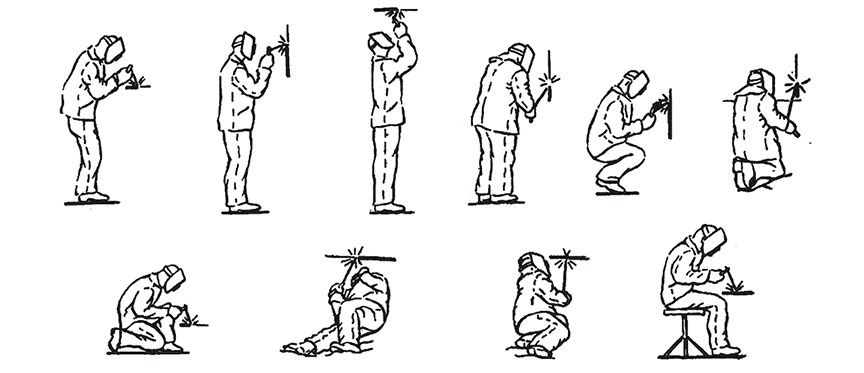
The way to fix an undercut weld, you don’t have to grind the uneven surface or the undercut and then start over again. Grinding won’t fix the problem. An undercut part has a lack of filling material. So, even if you grind the surface, you’ll still have to mold or patch the hole to fix the problem.
You can correctly fix the problem by reducing the welder’s amperage, speeding up the weld, and turning up the wire speed.
You will also have to correct your operative posture. When fillet welds are welded, AC welding instead of DC welding can also effectively prevent undercutting.
Welding undercut is not the only defect encountered while welding. There are still more than a dozen welding defects that can be encountered. Flux core welders can cause slag inclusions.
Some of these are:
Inadequate penetration Trusted Source Welding defect - Wikipedia en.m.wikipedia.org is defined as incomplete filling of the lower part of the groove (root) with the filler metal. This defect can occur with or without displacement.
The term displacement defines a condition in which the surfaces to be welded are not coplanar (within the same plane).
Inadequate penetration may also be due to internal concavity. The internal concavity is formed when the bead of the first pass has melted both internal edges of the groove at the root, but in the center, this is slightly concave, i.e. slightly below the internal surface of the pieces to be welded.
The gaseous inclusions are gas entrapment. They are empty, of different shapes and sizes, which are formed in the melted zone. The types of inclusion that are most frequently encountered are:
They are caused by gases produced as a result of chemical reactions that take place in the weld pool; gases produced due to the presence of contaminants; shielding gas; or gas resulting from the filler.
To avoid these defects, the following measures can be taken: choice of electrodes and filler, preheating of the parts to be welded, cleaning after each pass, and lower deposition speed.
In submerged arc welding processes or with coated electrodes the slag may get trapped in the weld zone.
Elongated slag inclusions are usually found along the melting zone. The isolated slag inclusions are irregular in shape and can be found in any position in the weld.
The inclusion is not detectable by visual inspection (even if to an expert eye some particular conformations of the weld bead can generate suspicions) but a volumetric check must be carried out (radiography or ultrasound) to verify its presence.
Slag inclusions normally occur in joints made with the multiple-pass process (coated electrode or submerged arc), although the possibility of generating inclusions in single-pass processes is not excluded.
It is a defect that happens due to poor handling of the coated electrode or the torch of flux-cored welding machines. Here, the slag tends to be covered by the filler metal, rather than float to the surface on the weld pool where it can be removed.
Cracks occur in the welding area due to the onset of tension generated by sudden heat variations. During solidification, the weld pool contracts. If the contraction is opposed for some reason, internal tensions arise.
To prevent the formation of hot cracks, it is necessary to take care of the cleaning of the edges in order not to contaminate the weld pool with low-melting impurities (dust and dirt in general). You should also operate in such a way as to obtain a rapid cooling of the joint.
Meanwhile, cold cracks are fractures that are generated following welding, when the joint is completely cooled. For this reason, the checks to search for this defect are usually carried out at least 16 hours after the joint has been made. Cold cracks are caused by the presence of hydrogen (derived from the humidity of the edges or of the filler material), and the presence of residual stresses (a phenomenon in welding that is anyway inevitable).
| Common detects | Causes | How can it be corrected? |
| Splashes and spatters |
|
|
| Arc strikes |
|
|
| Slag inclusions |
|
|
| Poor appearance or lack of uniformity
|
|
|
| Porous welding |
|
|
| Lack of penetration and incomplete weld |
|
|
| Cracks |
|
|
We’ve shown you the most common welding defects, their most frequent causes, and their respective solutions. We hope the article helped you identify some of the welding defects and if you can correct one or two of those mentioned here.
As you must now understand, a welding undercut can be seen when you notice a groove that is generated by insufficient filler metal from the weld. It is a molten groove within the base material, usually along the edges of the weld, producing a weak spot in the weld. To fix the problem, adjust the amperage on the welding machine by reducing it. Reduce the welding speed to perfectly fill the area to be welded with the material provided. Finally, you can adjust the angle of attack with the electrode of the welding machine.
